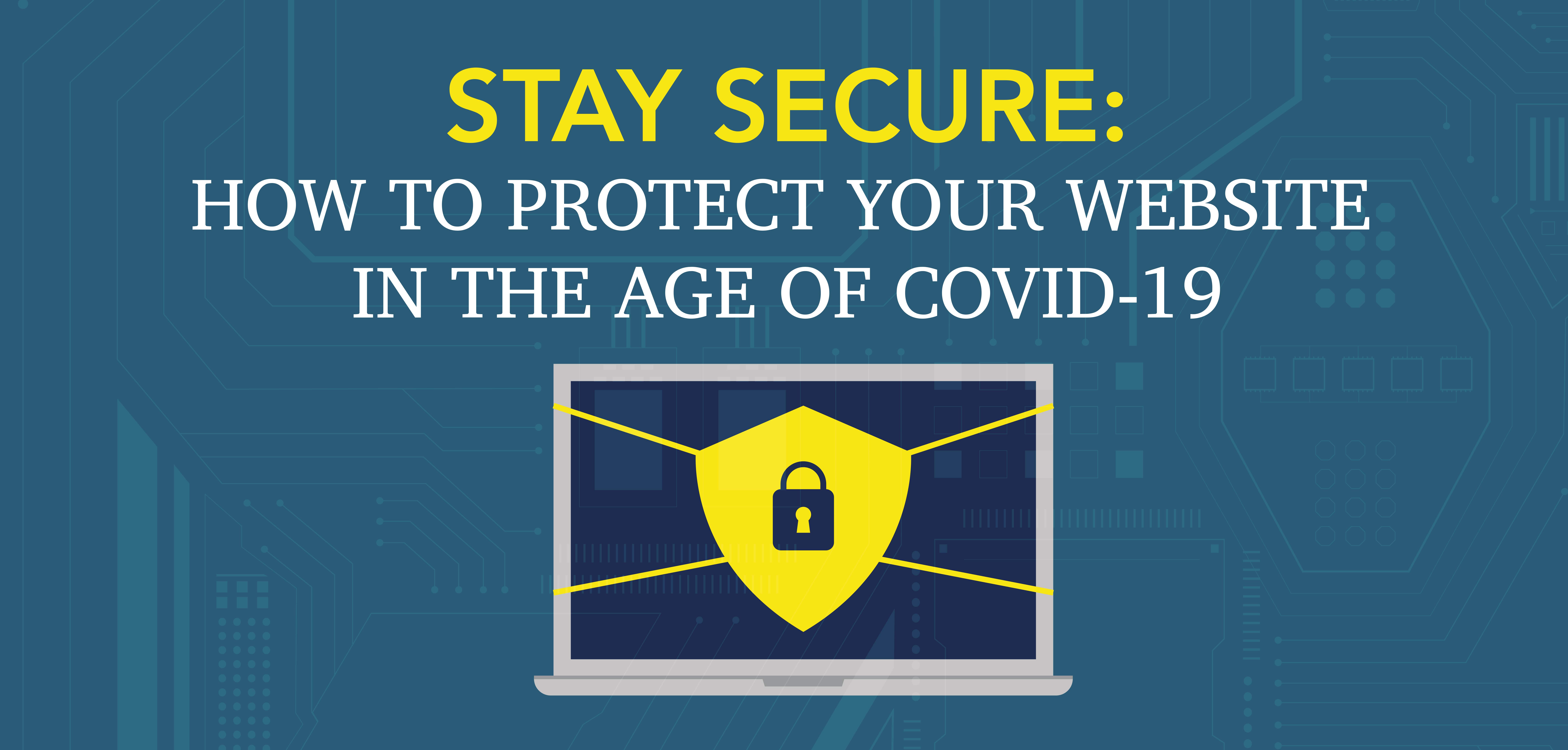
Staying Secure: How to Protect Your Website in the Age of COVID-19
Posted on October 28, 2021
-
Category:
- Atlanta Web Design
The COVID-19 pandemic has been good for business—if you’re a hacker.
Since the pandemic began, the use of new malware or other cyberattack methods has risen by 15 percent—from 20 to 35 percent—and 47 percent of individuals fall for a phishing scam while working from home. (Source: Deloitte via Cynet and Tessian).
The many faces of a security breach
People can hijack your brand and Web presence in a number of ways, such as:
- Creating fraudulent domains to go on phishing trips
- Posing as your Internet service provider—or some other legitimate business—in order to steal your data
- Defacing your website with abusive or obscene content
- Spreading false information about your company
How can you reduce the risk of being hacked?
Follow best practices for document and information security
Don’t leave work open on your computer when you step away from your desk—even at home. Use strong passwords and change them regularly. Don’t use the same password for more than one login. Use two-factor authentication, in which the system not only requires a password, but also sends a confirmation code to your cell phone or email address.
Know the limits of third-party technology
For instance, some WordPress plugins and themes make it easier for hackers to hide malicious code. Always download plugins and themes—not to mention security software—from credible sources.
Be selective with website administrator permissions
Giving administrative access to people who don’t need it runs the risk of errors and miscommunication along with security breaches. You can’t guarantee that logons are stored securely. For example, login information transmitted and stored in emails may not be secure, and you might not be aware of the issue until it’s too late. Use secure emails and applications when you can.
Avoid updating your website over public Wi-Fi
Because hackers can use freely available networks to steal your information, it’s best to set up a virtual private network, or VPN, instead. VPNs allow users to send and receive data securely across public networks.
Put a regular maintenance plan in place
Think of your website as a car. When it’s new, you don’t have to change the oil, but if you don’t change it periodically, the car won’t run. Website security precautions are the equivalent of that oil change—you can’t just install a security certificate and walk away. Instead, test your website regularly to be sure its security features are working properly.
Don’t give hackers the chance to hurt your brand’s reputation and eat into your sales. And don’t let visitors’ first impressions of your business be their last. An error-free website with a working SSL security certificate will go far to build trust.
The professionals at Badie Designs understand how to create secure, visually compelling websites that are easy to navigate. Contact us today for a consultation.
